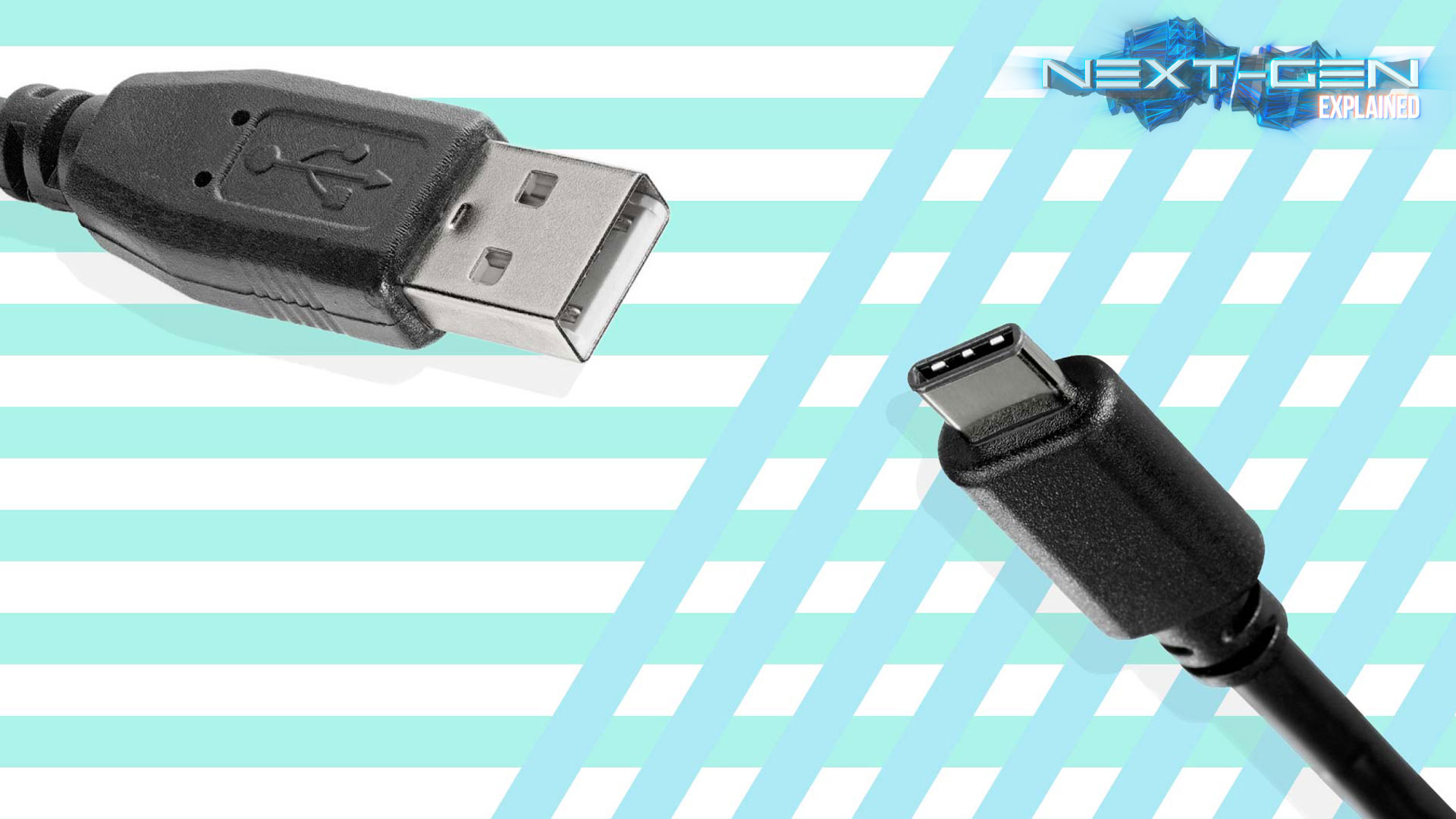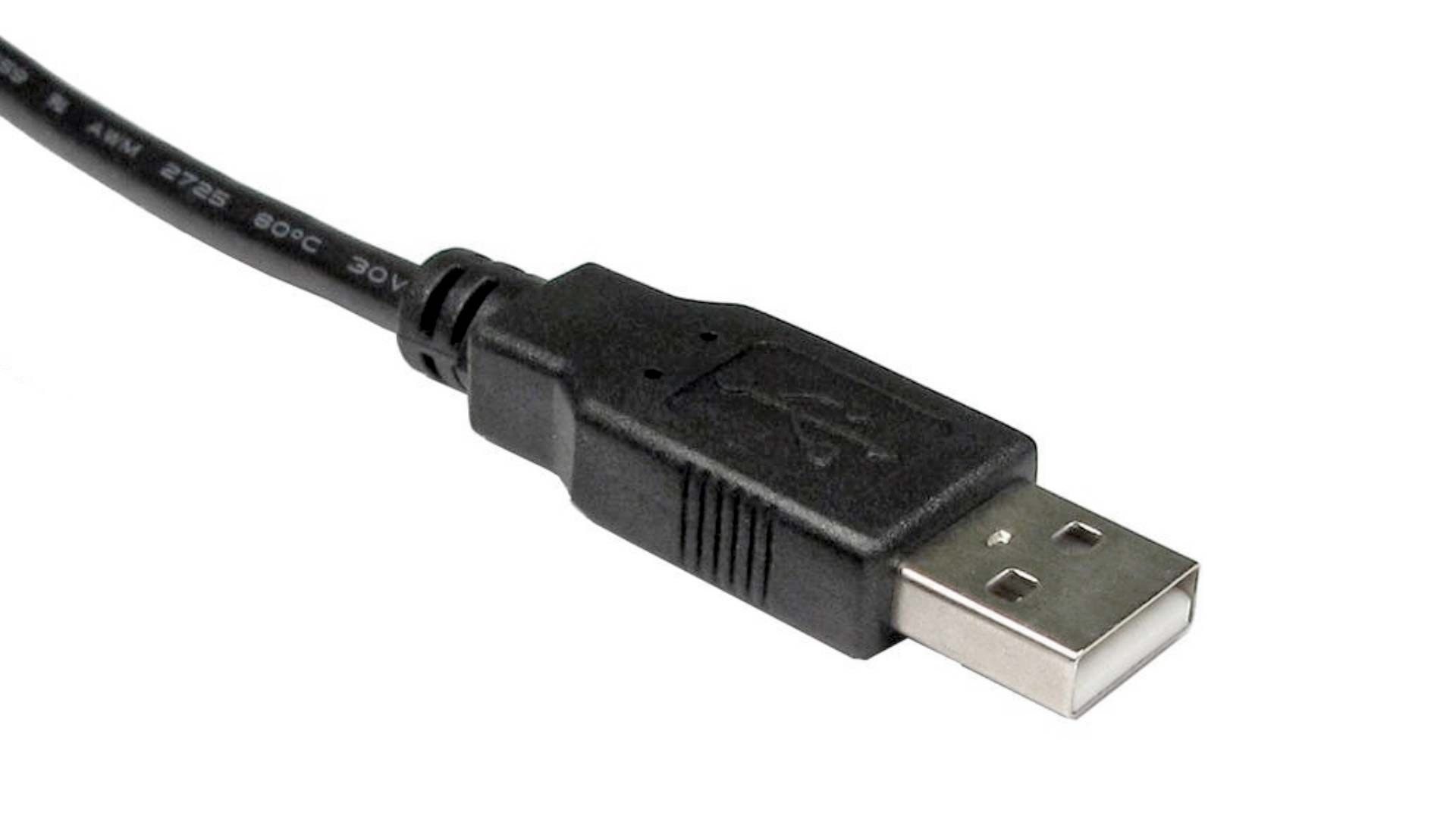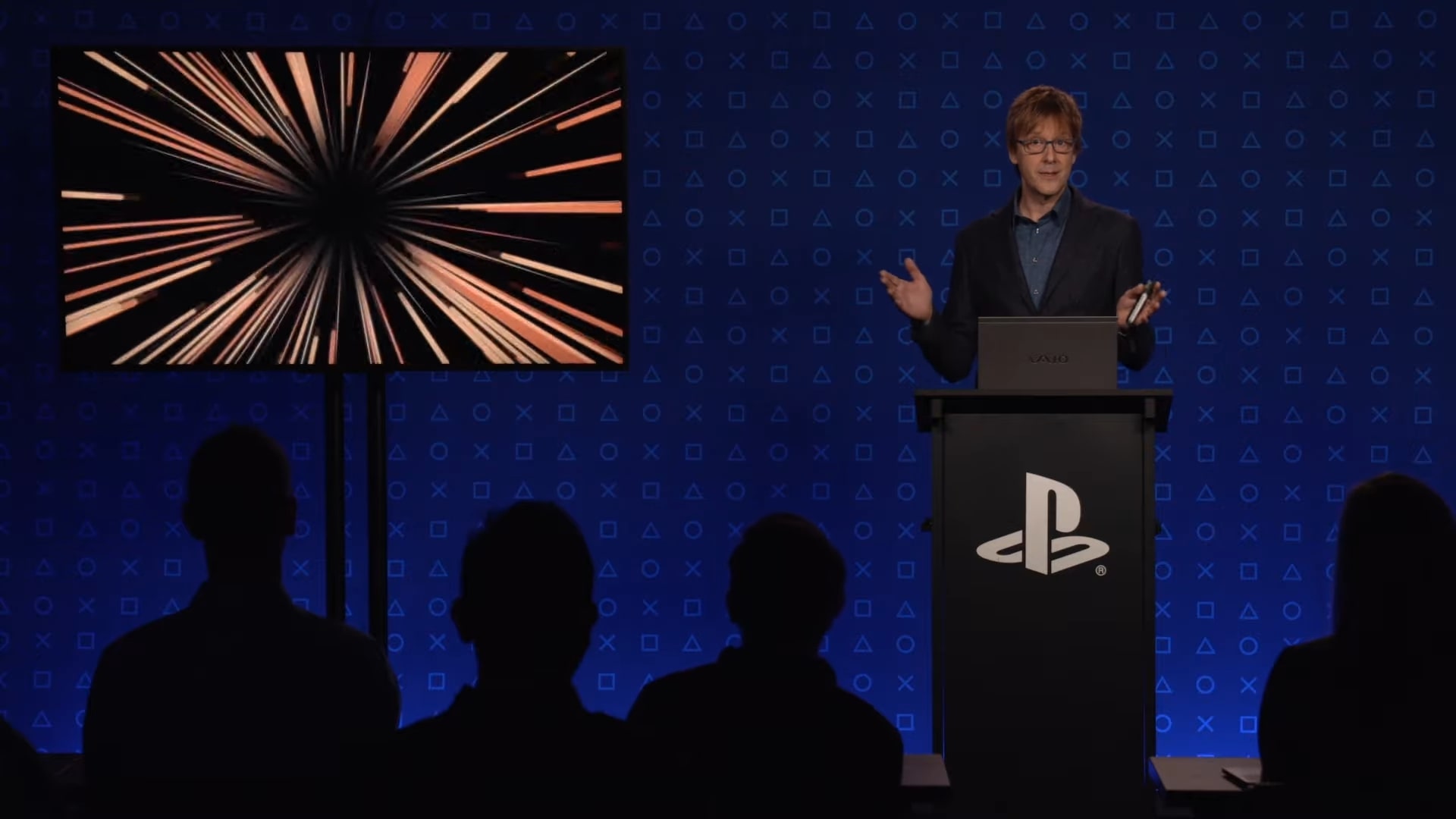What is USB 3.2? How a simple cable could shape the dynamics of next-gen
With both consoles confirming USB 3.2 ports, here's what the cable means for your PS5 and Xbox Series X experience

The PS5 and Xbox Series X will have USB 3.2 ports. This part of the consoles’ tech is not as exciting as their AMD GPUs or even the fancy HDMI 2.1 socket on the back. But if you really want to know everything about the next-gen gaming before it is even here, you need to know all about USB 3.2.
And the most interesting part is actually not to do with USB at all. It shows how much Microsoft and Sony care about the quick load times, and why the speed of its internal storage is not just a “nice to have” but a crucial aspect of how its games will work. Do we have your attention? There are some other bits we have to start with first.
Setting the standard

USB 3.2 became a “thing” in 2017, but the spec was only nailed down fully in February 2019. Prepare for a bit of confusion, because there are four different USB 3.2 speeds, and most of them existed before they were even called “USB 3.2”.
What we used to call USB 3.1 Gen 1 will be “USB 3.2 Gen 1”. USB 3.1 Gen 2 becomes “USB 3.2 Gen 2.” Are we being cheated? The naming is perhaps a mess, particularly as these standards had even earlier names. USB 3.2 Gen 1 is the same speed standard as USB 3.0.
It does make a kind of sense, though. The speeds slot into a wider rainbow of 3.2 specs and for many uses you could argue the older naming would make certain USB hardware seem unnecessarily dated. The lowest form of USB 3.2 will do the trick for most laptop users, for example.
USB’s Neapolitan flavours

Speed is the main difference between the four USB 3.2 standards. Here’s the run-down
USB 3.2 Gen 1 (SuperSpeed USB) - 5Gbps
Weekly digests, tales from the communities you love, and more
USB 3.2 Gen 1×2 (SuperSpeed USB 10 Gbit/s) - 10Gbps
USB 3.2 Gen 2×1 (SuperSpeed USB 10 Gbit/s) 10Gbps
USB 3.2 Gen 2×2 (SuperSpeed USB 20 Gbit/s) - 20Gbps
Think in megabytes rather than gigabits? 5Gbps is 625MB/s, 10Gbps is 1250MB/s and 20Gbps 2500MB/s. These numbers tell you the connection’s theoretical maximum speed.
There are two different USB 3.2 10Gbps standards because one (the older) has a single lane, and the other has two. Lanes are a little like lanes in a highway. And both the newer dual-lane specs only support USB-C, not the rectangular USB-A socket you may still think of when anyone mentions “USB.”
USB 3.2 in upcoming consoles


The state of next-gen: Examining the battlegrounds on which the PS5 and Xbox Series X will fight
All the Xbox Series X prototypes we’ve seen so far have classic USB-A shaped connectors. This tells us their maximum possible speed is 10Gbps, or 1250MB/s. We would not be surprised if this is actually a basic 5Gbps connector either.
Microsoft has already confirmed you won’t be able to install and run Xbox Series X games from an external drive plugged into the USB port. This may sound like a bit of a scam when the company will also sell Expansion Cards to add an extra 1TB to the standard 1TB drive inside.
The truth is a little more complicated. You will be able to install current generation Xbox games to an external drive, just not new ones. And the Expansion card not only uses NVMe solid state storage just like the internal SSD, but seems to connect to the motherboard in a much more direct way than USB, in order to match the performance of the drive inside. This is pretty smart, and lets Microsoft ship the console with a hard drive that probably won’t have much space left after you’ll installed a few AAA titles.
Cash grab?

You’d still have a right to claim Microsoft is out for a money grab if it could theoretically run Series X games from an external SSD, just with some longer load times. However, it looks like games for both consoles will rely virtual paging, using the very fast solid state storage to let the Series X and PS5 behave as if they have much more RAM than they really do.
Try to use these techniques with slower external storage and you’d potentially see crushing slow-down when textures not yet available in system RAM are moved to it, mid-play. RAM handles the textures and models being rendered at point during a game. And while a PS5’s SSD can completely refresh the 16GB RAM’s contents in under two seconds (with the help of compression), even the theoretical maximum speed of a USB 3.2 connection would take well over 10 seconds. An Xbox One X hard drive would take over two and a half minutes to do the job: hence those painful load times in many games.
A 1000MB/s external SSD isn’t quick enough if the game expects to be able to call upon the 4-9GB/s-plus speeds from the internal SSD or Expansion Card. However, we also find it hard to believe all that many games will actually make huge use of this dynamic approach to storage, in the consoles’ earlier days. It would complicate the porting process between today’s consoles, likely to get new games for some time, and PCs.
If it were to be an essential part of a game’s inner workings when using top-end visual settings, PC gamers may need to upgrade their SSDs to something like the upcoming Samsung Evo 980 to keep up. And that’s even if they already have top-tier graphics hardware.
Fast forward 12 months

So what’s the future for USB 3.2 in a console? It’s brighter than those last few paragraphs suggest. Buy a big hard drive and you can use it to play games you already own from this generation through backwards compatibility. Get an SSD instead and those games’ load screens will fly by much more quickly. And we would be surprised if the prohibition on installing “new” games on external storage holds.
It makes sense for first-party games and large-scale titles to use the amazing speed of the Xbox Series X and PS5 storage. But a new indie game that can also scrape by on a laptop with integrated graphics? Not so much. We may instead see a tiered system on the digital stores of these consoles, one that lets you install certain games to external storage, while others need to go on the drive inside.
For more details on all the next-gen jargon, check out more of our next-gen explainers.
Andrew is a technology journalist with over 10 years of experience. Specializing particularly in mobile and audio tech, Andrew has written for numerous sites and publications, including Stuff, Wired, TrustedReviews, TechRadar, T3, and Wareable.


